Top: Genevieve Burdett scans Woodruff Bay for waste; above left: some of the hundreds of plastic bottles that dotted the remote shorelines of Haida Gwaii; above right: the holy grail of beach garbage – a Japanese glass fishing float found on Kunghit Island.
Scavenging on the edge
Kayakers get the dirt on Haida Gwaii
From the Winter 2010 issue of Wavelength Magazine. Read the entire magazine online.
By Liam McNeil
After successfully paddling the west coast of Vancouver Island in 2009, from Port Hardy to Tofino, Genevieve Burdett and I hatched the plan to paddle Haida Gwaii.
Moresby Island, home of Gwaii Haanas National Park, attracted our interest due to its mystique and challenge. While the east coast attracts hundreds of paddlers every year (for good reason!), the extremely challenging conditions of the west coast of the island, coupled with the lack of accessible landing sites, keep the vast majority of visitors away. By planning during the winter months and getting some support from the MEC Expedition Fund, our dreams became a reality.
Moresby Island, the long mountainous southern half of Haida Gwaii (formerly Queen Charlotte Islands), is a place of extremes. The rarely visited west coast is distinguished by steep cliffs, few landings and little hope of assistance. For days, no other boats passed the horizon, and even weather forecasts drifted in and out of reception as we passed the mouths of deep inlets. (By contrast, the east coast of Moresby is a paddler’s paradise, with hundreds of islands, bays, inlets and numerous cultural sights to visit.)
The wind had whipped the water into whitecaps as we slipped our boats into the water to begin our journey. Skidegate Channel lay ahead of us, as did the west coast of Haida Gwaii. Over the next few weeks, as the shoreline waters of Moresby Island passed beneath our hulls, we witnessed the natural and cultural wonders of these remote islands, along with the reminders of our global society. Even though the rest of the world seemed so remote, it presented itself in the refuse washed upon the shores. To remove all the garbage found would have required dozens of boatloads. As a compromise, every night we collected a single piece of garbage to pack on our journey.
We found very little local garbage. In fact, the amount of garbage washed up by ocean currents stood out starkly on the beaches. On one beach, we collected hundreds of plastic bottles bearing the writing of both North American and Asian societies. Plastic refuse was everywhere. Round fishing floats, random plastic bits and objects of distant origin dotted this rugged shoreline.
Just prior to rounding Cape St. James, the extreme southern tip of Haida Gwaii, we found our most treasured piece of garbage, a glass fishing float.
Heading north along the east coast of Moresby the nature of waste changed abruptly. The rate of foreign debris dropped, and in its place were signs of local life: sections of rope, beer cans and fishing floats from BC’s fisheries. At paddling campsites we found bread tags, zip-loc bags and even a broken kayak paddle.
We returned with an eclectic collection of plastic toys, shoes, bottles, bags, broken kayak paddles and our treasured glass fishing float. While limited in our capacity to carry, we can all do our part to clean up our coast, and learn to reduce the amount of plastic products that litter our oceans.
Liam McNeil is executive director of the Sea Kayak Guides Alliance of British Columbia. SKGABC supported Wavelength Magazine’s Clean Up the Coast Contest by sponsoring a Werner Kaliste paddle as a prize. It was won by Nanaimo Paddlers kayaking club.

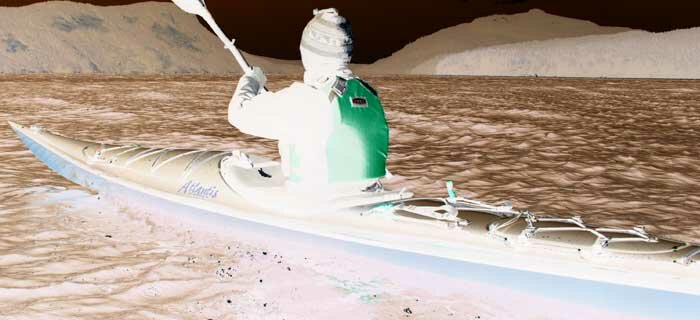
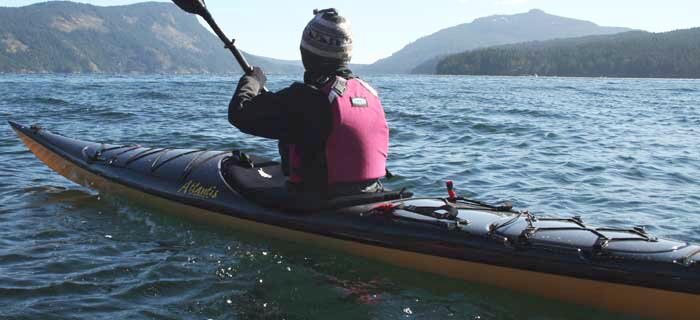
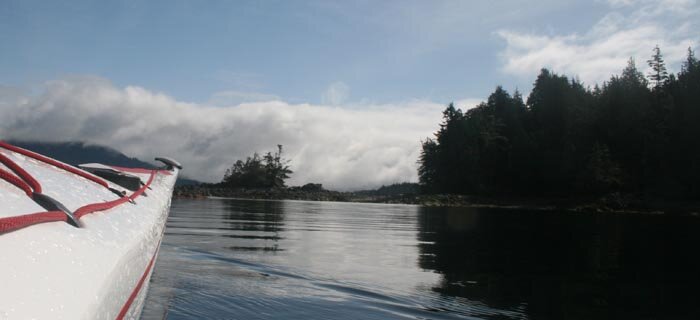
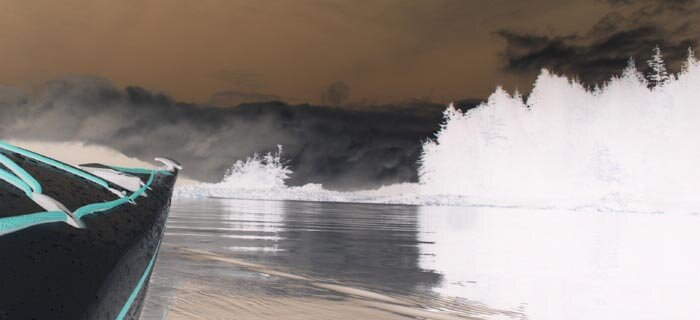
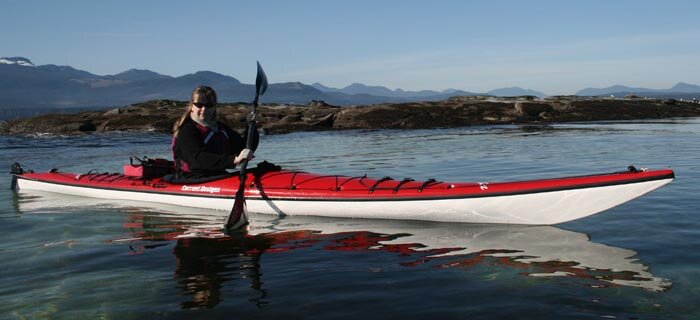

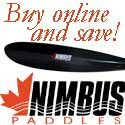
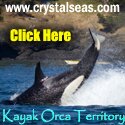
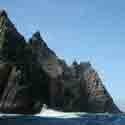













 This site uses valid HTML, CSS and Flash. All content Copyright © 2010 Wild Coast Publishing.
This site uses valid HTML, CSS and Flash. All content Copyright © 2010 Wild Coast Publishing.